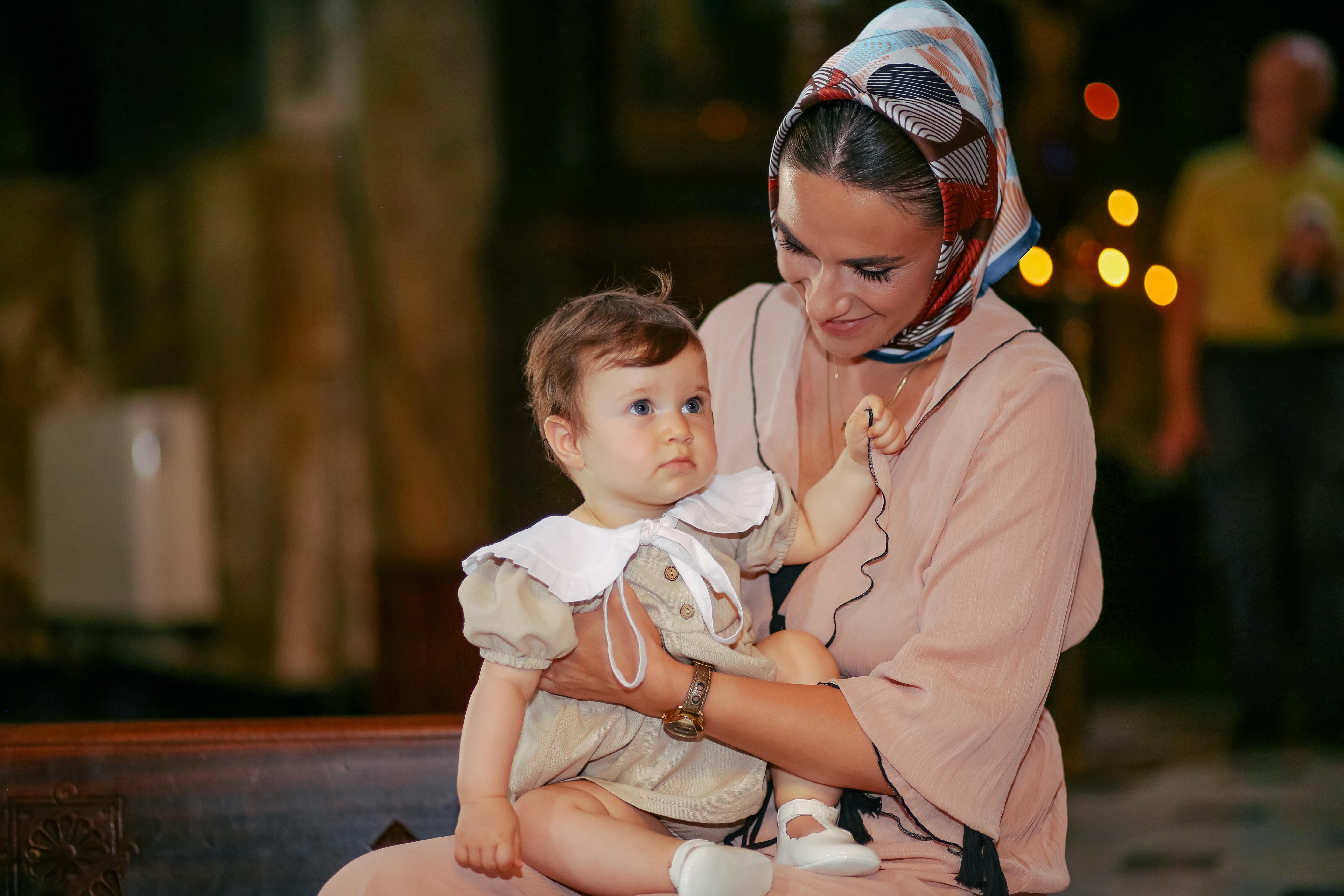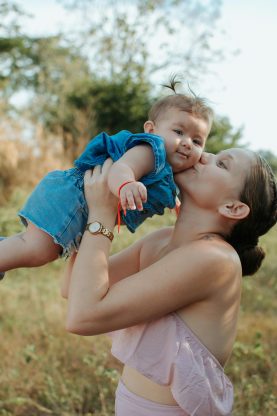Table of Contents
Establishing open communication with parents
One of the most important safety procedures for babysitters is to establish open and clear communication with the parents of the children they are caring for. Before the parents leave for the evening, the babysitter should ask for important contact information, such as phone numbers, addresses, and emergency contacts. It is also crucial to discuss any specific instructions or concerns that the parents may have regarding their children. By maintaining open communication with parents, babysitters can ensure that they have all the necessary information to provide the best care possible.
On-Demand Childcare in Your Neighborhood
Book a Sitter
Knowing emergency protocols
Babysitters should always be prepared for emergencies and know how to handle them effectively. It is essential for babysitters to be familiar with basic first aid techniques, such as CPR and how to treat minor injuries. Additionally, babysitters should have a list of emergency contacts readily available and know the nearest medical facilities in case of more severe emergencies. By being proactive and prepared, babysitters can respond quickly and effectively in the event of an emergency.
Supervising children at all times
One of the most critical safety procedures for babysitters is to provide constant supervision to the children in their care. It is essential for babysitters to always keep a close eye on the children, especially when they are engaged in activities that could be potentially dangerous. Babysitters should never leave children unattended, even for a brief moment, as accidents can happen quickly. By maintaining close supervision, babysitters can prevent accidents and ensure that the children are safe at all times.

Creating a safe environment
Babysitters must create a safe environment for the children in their care by removing any potential hazards from the surroundings. Babysitters should ensure that sharp objects, chemicals, and other dangerous items are out of reach of children. It is also important to childproof the home by securing cabinets, outlets, and stairs to prevent accidents.
By creating a safe environment, babysitters can minimize the risk of injuries and provide a secure space for children to play and explore.
Setting boundaries and enforcing rules
Another important safety procedure for babysitters is to set boundaries and enforce rules with the children in their care. Babysitters should establish clear guidelines regarding behavior, such as no running indoors or no roughhousing. It is essential for babysitters to communicate these rules to the children in a firm but kind manner and enforce them consistently. By setting boundaries and enforcing rules, babysitters can maintain a safe and orderly environment for the children and prevent potential accidents or disagreements.
In conclusion, babysitting is a responsibility that requires caregivers to prioritize the safety and well-being of the children in their care. By following the top five safety procedures discussed in this article, babysitters can ensure that they provide a secure and nurturing environment for the children and maintain open communication with parents. By being proactive, prepared, and attentive, babysitters can create positive and safe experiences for the children they care for, fostering trust and building lasting relationships with families.










